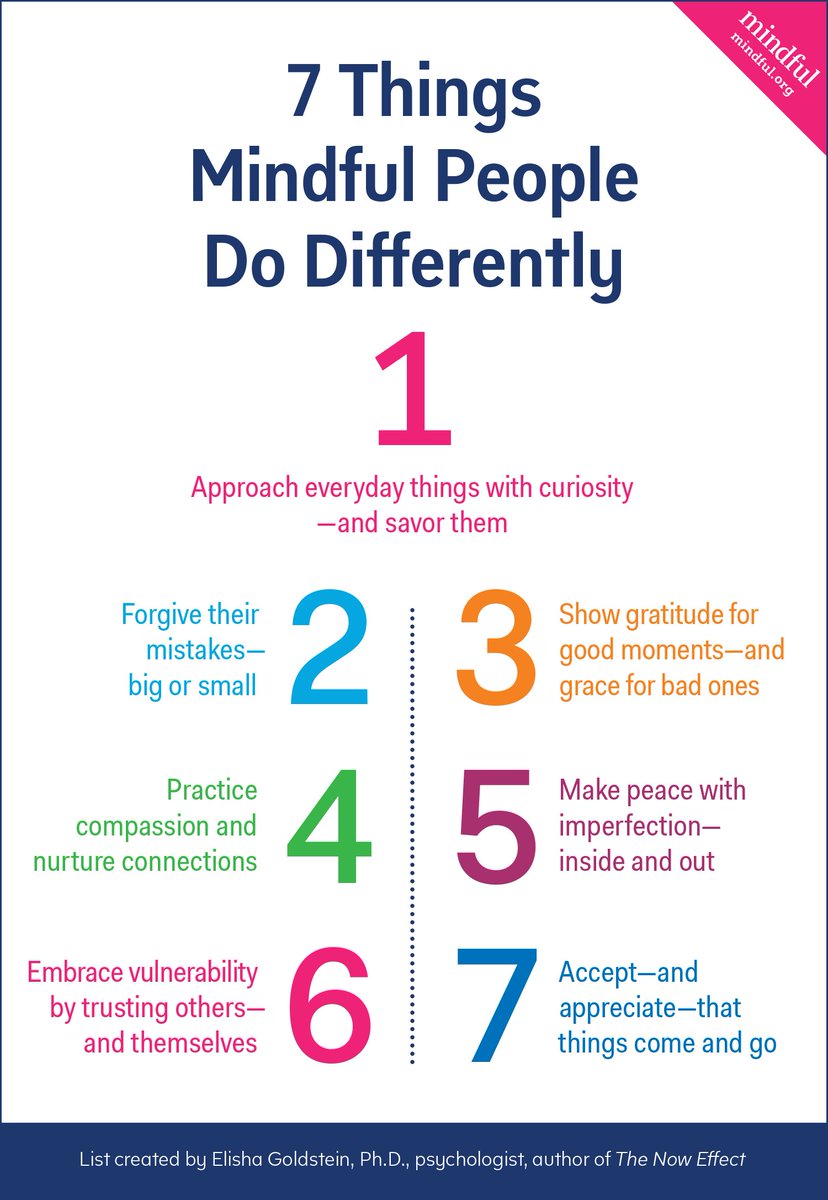LOST
Stand still.
The trees ahead and the bushes beside you Are not lost.
Wherever you are is called Here,
And you must treat it as a powerful stranger,
Must ask permission to know it and be known.
The forest breathes. Listen. It answers,
I have made this place around you,
If you leave it you may come back again, saying Here.
No two trees are the same to Raven.
No two branches are the same to Wren.
If what a tree or a bush does is lost on you,
You are surely lost. Stand still.
The forest knows Where you are.
You must let it find you.
An old Native American elder story rendered into modern English by
David Wagoner, in The Heart Aroused - Poetry and the Preservation of the
Soul in Corporate America by David Whyte, Currency Doubleday, New York,
1996.













